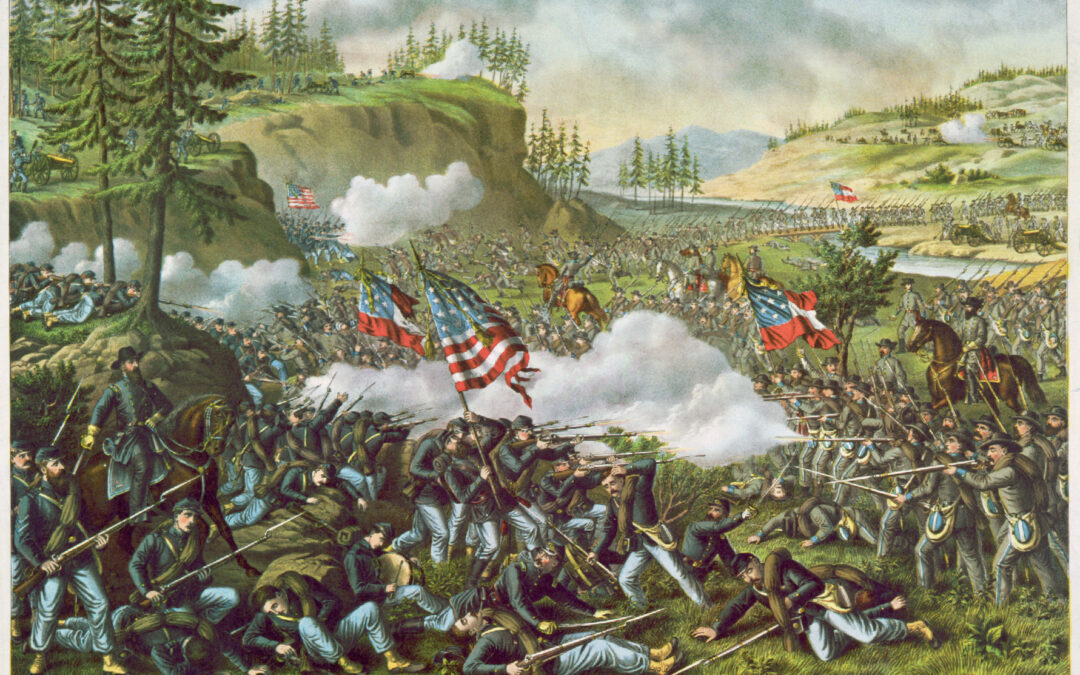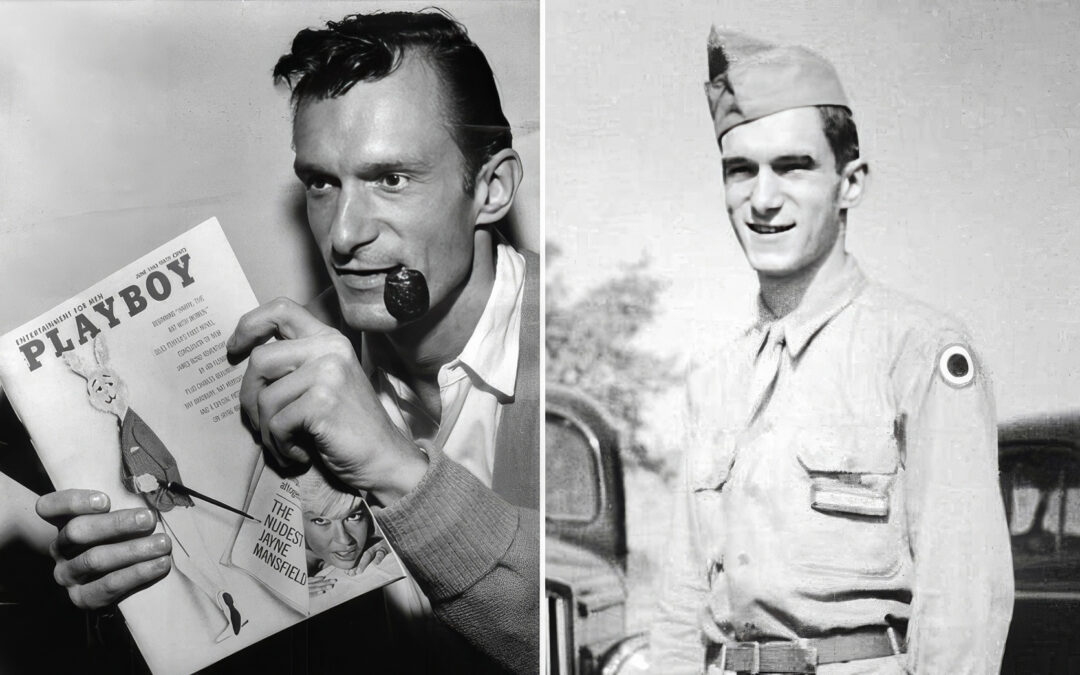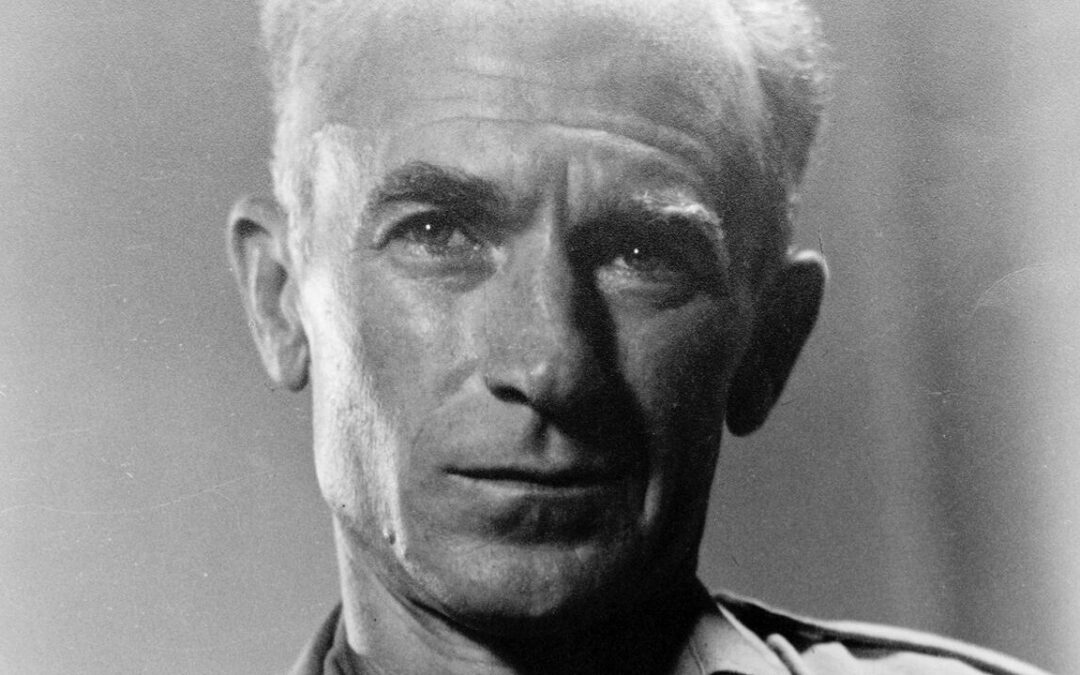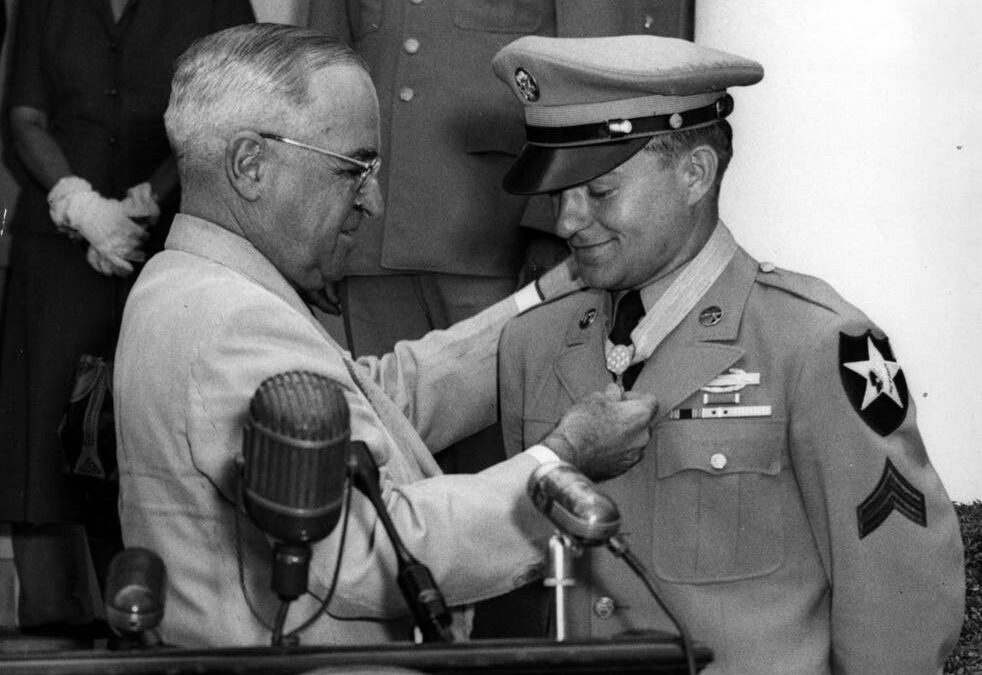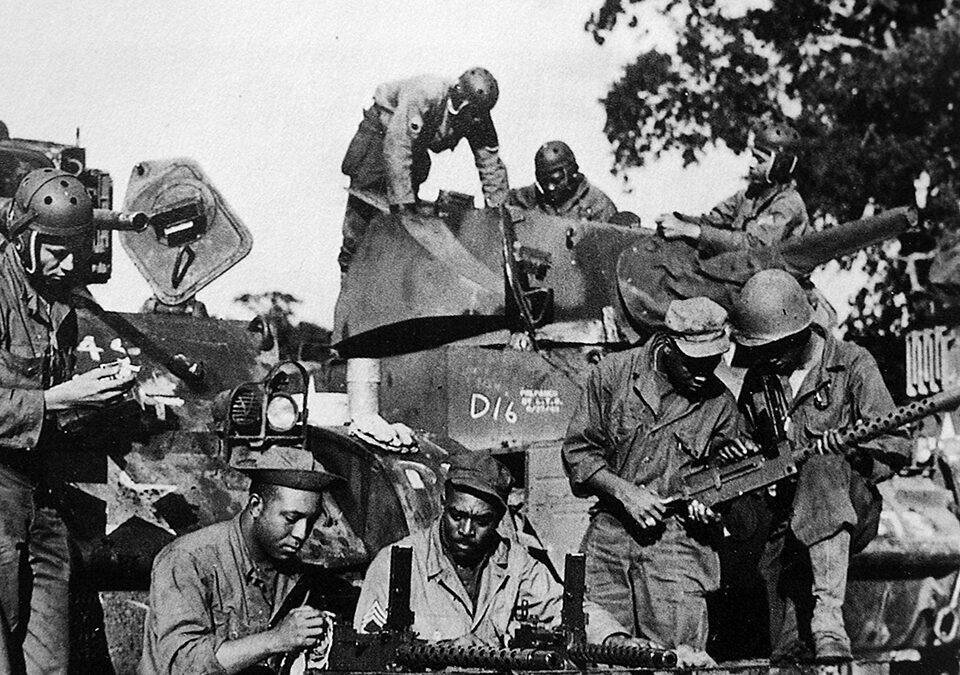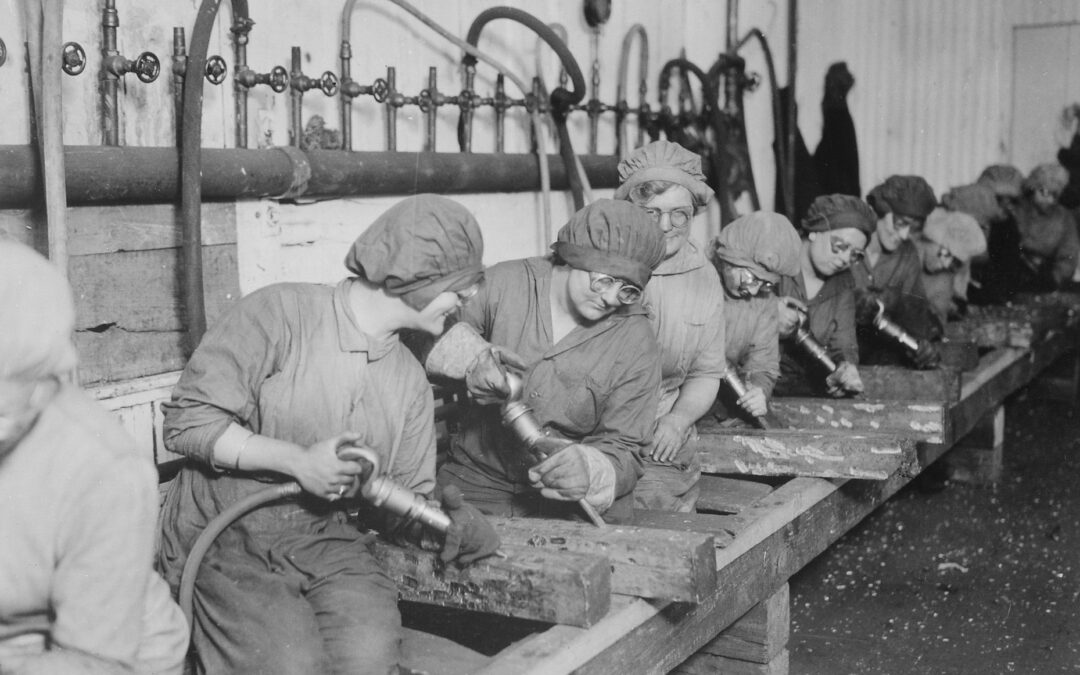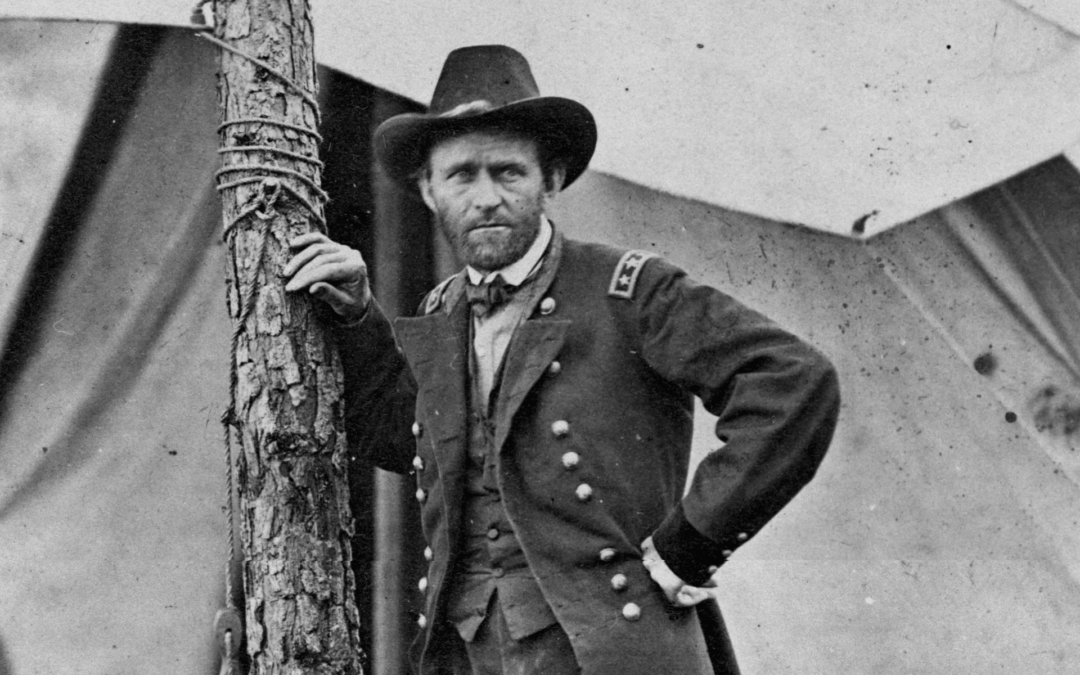Riskiest Moment: Was there any specific incident during your Military service when you felt your life was at risk? What were the circumstances and what was the outcome?:
February 3, 1979 – WINTERFORGE 79. I was assigned to the Joint Visitor’s Bureau to drive visiting dignitaries and their liaison officers around to view the REFORGER exercise area in M151A1 Jeeps. On the night of February 3, the Liaison Officer I was assigned to ordered me to return to our base at Katterbach Airfield, near Ansbach. It was late and raining hard, so visibility was very poor. Last I r

